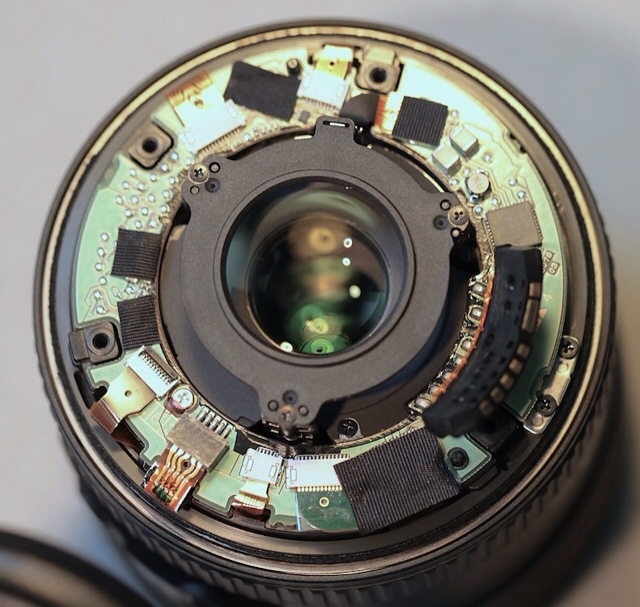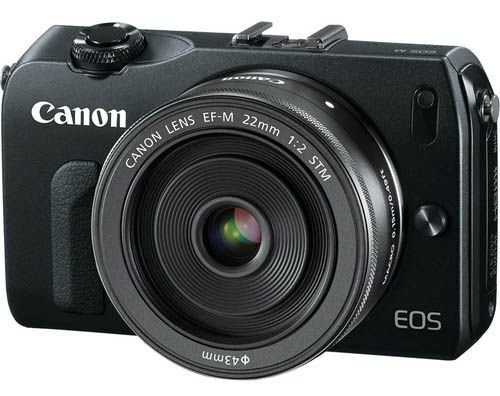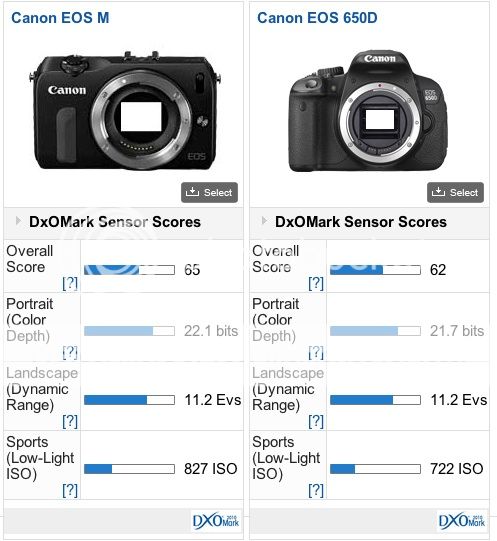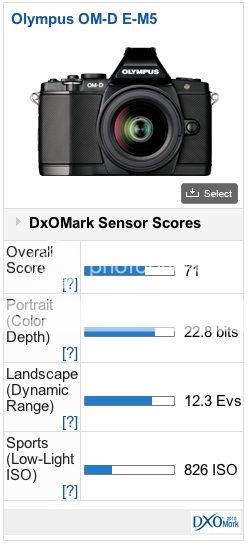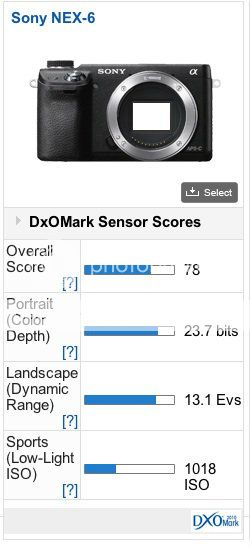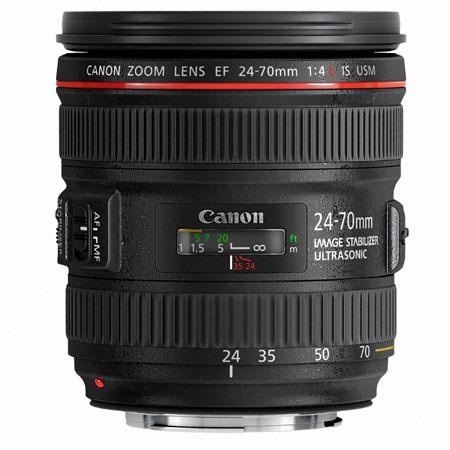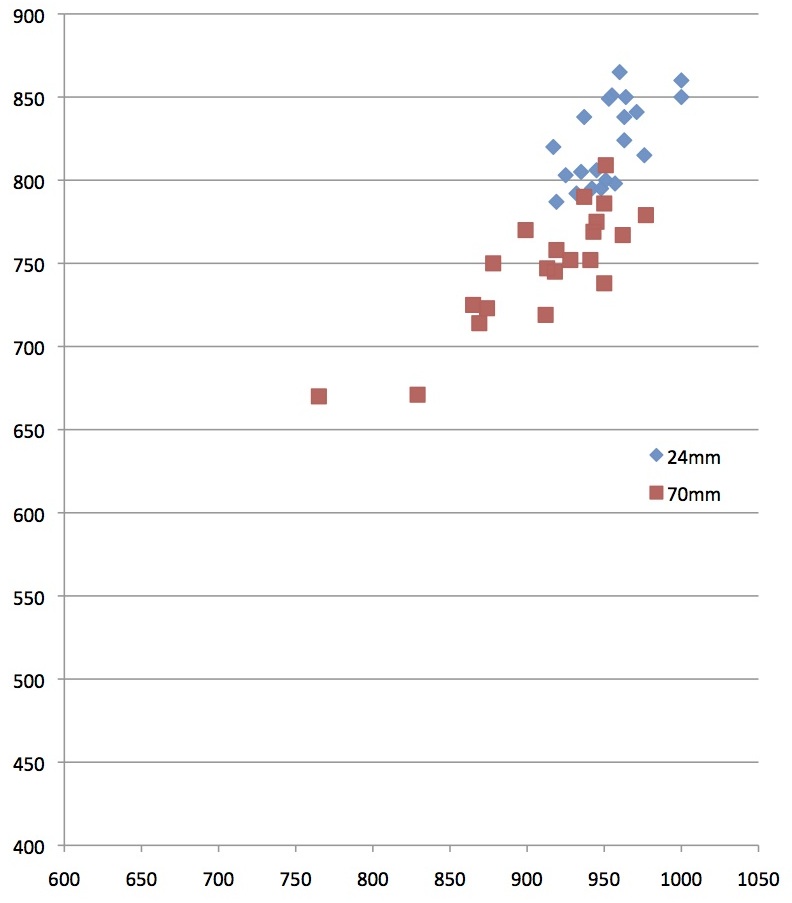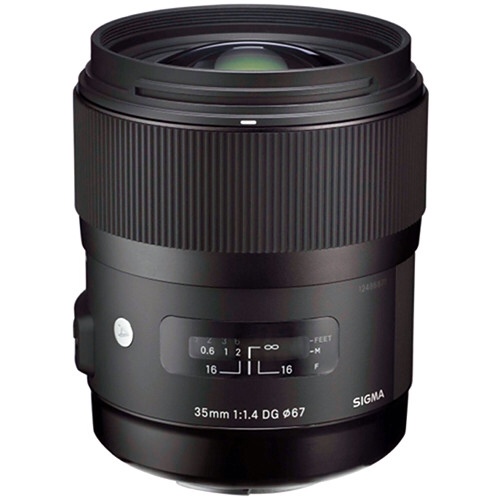More Canon EOS 6D (price & specs) reviews for you. We reported about the strong moire artifacts noticed by Gizmodo's reviewers in their short review. Unfortunately the problem gets confirmed also by photo-oriented sites, like learningcameras. They tested the EOS 6D in an comprehensive review (see also the video above), and about the moire issue they write:
[…] there was a great increase in the amount of moire on the 6D vs other cameras like the 5D mark III. It is almost as if Canon had a filter on the 5D and removed it for the 6D resulting in greater sharpness but also in moire. In my video tests, it was not visable in most shots but certain scenes bring it out more clearly. It also really does not seem like Canon designed this camera to be a great video DSLR.
It is not as harsh as in Gizmodo's review, but the issue is real. On the other hand, the EOS 6D stands out for the sharpness of the video footage, and for the high image quality, which slightly outperforms even the Canon EOS 5D Mark III (price & specs):
Quality was similar or better than the excellent 5D mark iii in virtually every test, not enough to be significant, but enough to be noticeable at 100% viewing. During the low light tests, results were similar to the 5D mark III up to ISO 3200 and were very usable. At 6400 ISO, the results began to get a slight bit better than the 5D mark III and produced results about ⅓ of a stop better. This lead continued up to the max ISO however results after 12,800 ISO are probably going to be unusable. This is also significantly better than the Nikon D600 which began to fall apart in my use at anything above 6,400 ISO.
Next, a real world test of the EOS 6D (and short comparison to the EOS 5D Mark III and Fuji XE-1) by photographer Michael Stringer. He was positively impressed by the AF of the 6D, which is by far less sophisticated than the AF of the 5D Mark III:
Much has been said about the 6D’s focus deficiencies in comparison with the 5D III. Of course 61 vs 11 AF points is a substantial difference – as is the fact that the 6D only has 1 cross sensor in the centre while the 5D III has 41 of them. Before using the 6D at a recent wedding I read that the 6D’s centre AF point was particularly sensitive and I can confirm that it definitely is. Whether it is better than the 5D III is debatable but I can say that I had little problem achieving focus in near darkness (12800 iso) with my Canon EF 85mm f/1.2L lens.
About the sensor noise, he confirms what we already reported:
I would say that the I’m very comfortable with 6D images at 12800 iso and 5D III images at 6400-10000 iso. Of course metering must be pretty accurate for well controlled noise at these iso settings.
The review comes with images (wedding shots) so be sure to check it out.
Another EOS 6D review comes from Ron Martinsen. He writes:I’ll admit it, until I tested the new Canon 6D, the Nikon D600 was my camera of the year for 2012. About the image quality: This camera creates some delicious images that seem to even out perform the 5D Mark III at the highest ISO’s. You can check out Ron's images shot with an EOS 6D clicking here.
Finally, though the video dates back to November 2012, watch Canon's Chuck Westfall showing how you can remotely control the EOS 6D via a WiFi connected smartphone.
Canon EOS 6D price check: B&H Photo, Adorama, Amazon USA, Amazon Canada, Canon Canada, Canon USA
Canon EOS 5D Mark III price check: B&H Photo, Adorama, Amazon USA, Amazon Canada, Canon Canada, Canon USA
